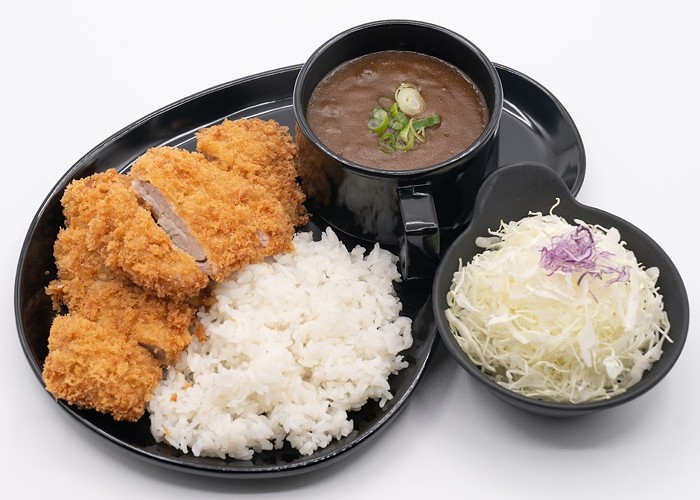Germans are obsessed with asparagus. Specifically, they prize all-white asparagus, which, in cultural context, seems a little ominous—even the slightest bit of pigmentation renders a stalk inferior. Albinism is achieved by depriving the asparagus of light. I picture it chained to a toilet in a basement, but in actuality it's kept buried alive and/or trapped under a covering to prevent unwanted photosynthesis and resultant chlorophyll. In German, it's called spargel (aka "Königliches Gemüse," or Royal Vegetable: all hail!), and this time of year is Spargelzeit: asparagus time, a perverse celebration of the return of the sun from the underworld by way of vegetables grown, unnaturally, underground. Window displays are loaded with pricey spargel, a Spargel Queen is crowned. (In my mind, parades feature people dressed up as giant stalks marching in orderly rows to oompah music; an expat there says she's not seen this. Yet.)
Americans, in the context of asparagus, are obsessed with urine. I've spoken with many people about asparagus lately; not one's failed to say, "Are you going to write about how it makes your pee smell?" So, okay: The smell's the product of a fast-acting (sometimes within 10 minutes of consumption) and not particularly interesting breakdown of a sulfur compound contained in the vegetable. Weird fact: Both the production of the smell and the ability to smell it appear to be genetic; a 1989 British study (this obsession is evidently global) found that only around half of Brits produced "malodorous urine," while 100 percent of French samples smelled. Weird fiction: a myth that the smelly pee is linked to higher intelligence. Unconfirmed as of this writing: a rumor that asparagus also causes the production of likewise-scented semen. Let's move on, shall we?
I am only somewhat obsessed with asparagus, and my family is as American as they come. While we guess our last name is probably French, we're of the West, in Washington State on both sides four generations back, farmers and cowboys (and more unsavory vocations, too). I've been eating asparagus as long as I can remember; at my grandmother's ranch outside Sunnyside, Washington, it grew most years in the field out the front door, across a dirt road. On weekends there in springtime, dinner was always a piece of a cow we'd known personally and asparagus—or, as it's called over there, "grass." Right before dinner, you'd take an asparagus knife (well-worn wooden handle, sharpened metal "V" tip for severing the stalks) and go cut some, the sun slanting, the collie standing watch and looking nobly into the distance, its fur ruffling in the evening breeze. Grandma boiled the grass, sometimes a little too long. My family was prone to applying margarine back then, a travesty. But still: asparagus, 15 minutes from field to table, best thing ever.
Asparagus is best cooked simply; fancy preparation is gilding the spear. Volterra (5411 Ballard Ave NW, 789-5100) recently had a gratinéed appetizer ($11)—asparagus baked in cream with artichokes, surely rich and delicious, but kind of a crime against vegetation. At Boat Street Cafe (3131 Western Ave, 632-4602), I tried a flan ($18) that was like a crustless quiche: eggs, goat cheese, asparagus, spinach, tarragon. A piece at brunch might be good, but as an entrée, it got relentless, and it didn't do the grass any favors.
A Dixie-sized cup of asparagus soup ($4) at Licorous (928 12th Ave, 325-6947) was more like it: essence, loveliness. At Tavolàta (2323 Second Ave, 838-8008), grilled asparagus ($12) was topped with Parmigiano-Reggiano and a duck egg that'd been fried a little too long—runnier yolk makes more eggy-cheesy sauce—and the tips of the grass were oversalted. A similar dish at Sitka & Spruce (2238 Eastlake Ave E, 324-0662)—no cheese, egg perfectly sunny-side up, with the additions of duck prosciutto, olive oil, anchovy—was pretty great. About this (and its price: $15), my grandmother almost certainly would've said, "Oh, for god's sake."
My mother still makes pickled asparagus every spring. It vastly improves life all year round, especially installed in a bloody mary. I make cream of asparagus soup easily as good as Licorous's, and so easy, any fool could do it (www.epicurious.com has a fine recipe). Just blanching—plunging asparagus into lots of salted boiling water for three to five minutes—is perfect, too. (Special asparagus pots: fine for yuppie wedding gifts, wholly unnecessary.) For those with deep fryers (I salute you), tempura asparagus rules (my brother calls the deep-fried grass from Sunnyside's Stokes Burger Ranch [706 Hwy 12, 509-837-3003] "the conch fritters of the lower Yakima Valley").
Grilled asparagus is the very best, served hot or cold. Buy Washington grown, organic if possible, the skinnier the better; brush with olive oil, liberally salt and pepper. My dad (who cut grass for $1.15 an hour in high school) likes to add soy sauce and balsamic vinegar. Put it on a hot grill, cover, have a drink (i.e., 10 minutes), turn it over (look for nice grill marks), give it maybe three more minutes, voilà. For asparagus à la Tavolàta, forgo the soy/vinegar; while the grass grills, fry an egg (duck or organic hen) gently in lots of butter, and grate some cheese ("baby" Parmigiano from Big John's PFI is good and cheaper).
High in fiber, folic acid, potassium; no fat; part of the lily family: Eat it now. By June, Dad says, the crop will be rank if it's hot, which in all likelihood it will be (thanks a lot, climate change).


















